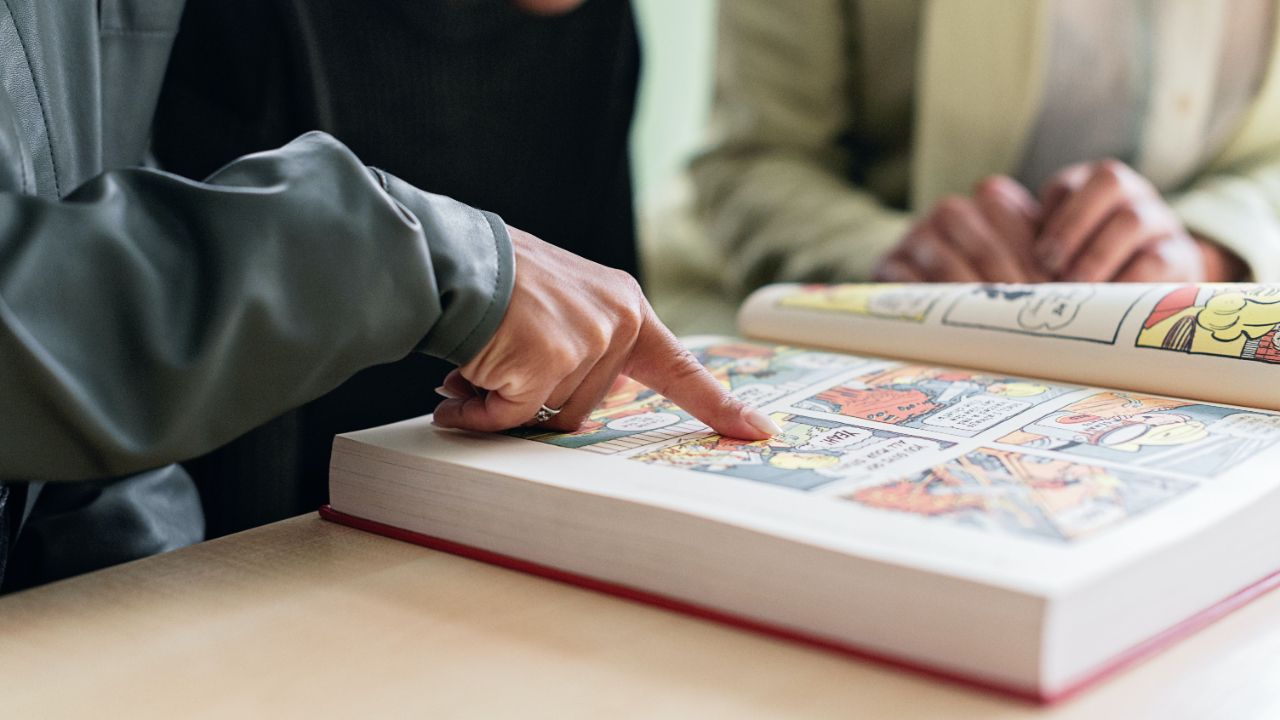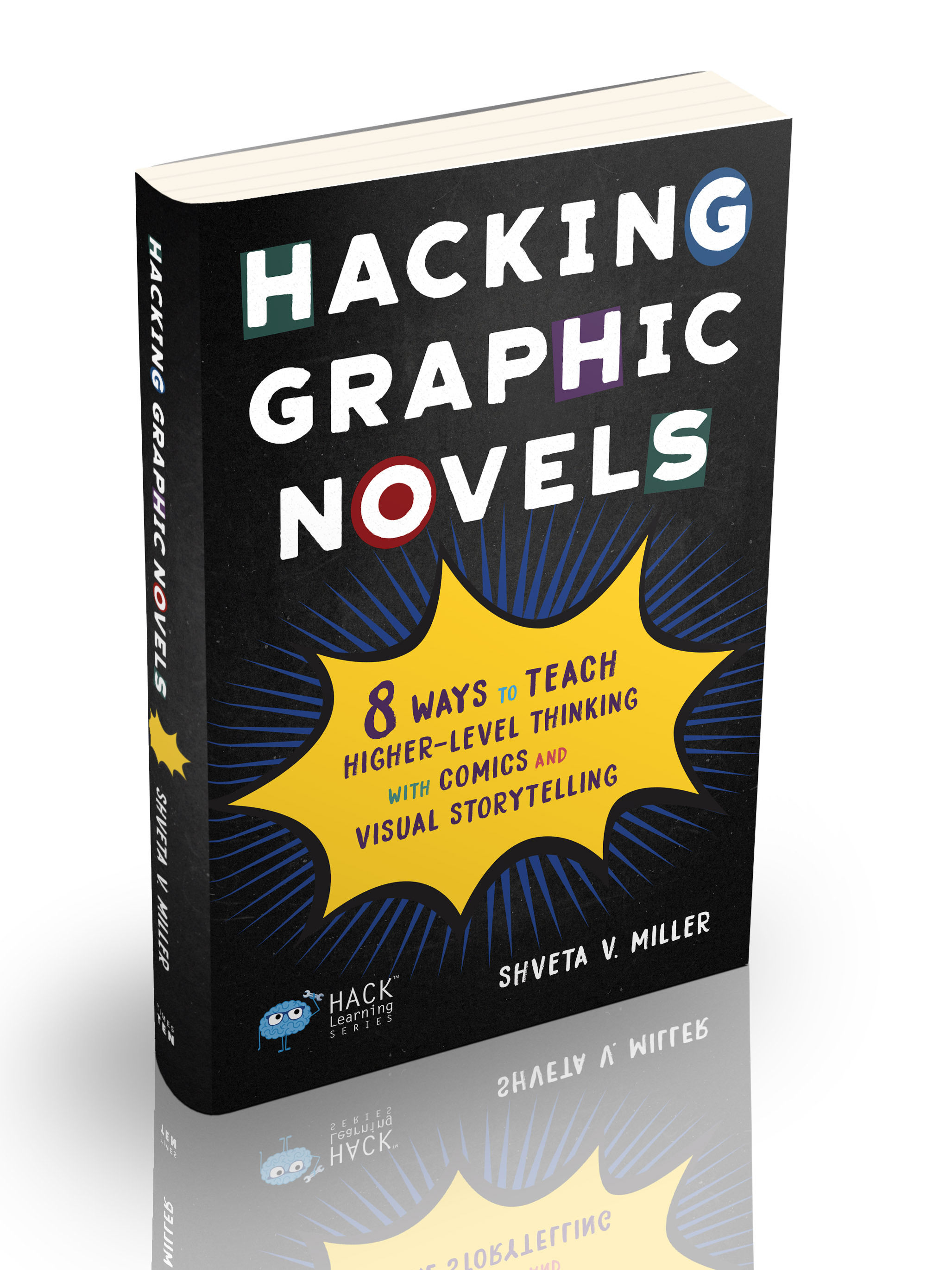Embracing the Power of Graphic Novels: Implementing Visual Storytelling in the Classroom
Aug 16, 2023
Graphic novels present a remarkable way to convey complex ideas and emotions through visual storytelling. There is so much unexplored content in the world of graphic novels that educators can take advantage of. By implementing graphic novels into the classroom, you can engage reluctant readers, help struggling students to grasp concepts, and make learning fun for everyone.
One of the primary benefits of using graphic novels in the classroom is their positive impact on reading and literacy skills. Reluctant readers often find traditional books daunting, but the visual appeal of graphic novels can ignite their interest in reading. Teachers can use graphic novels to facilitate discussions, analyze character development, and identify literary devices.
Graphic novels can be a powerful tool if utilized correctly. By understanding what graphic novels are good for your classroom, how to implement them into your lessons, and creating appropriate learning targets your students will thrive.
1. Selecting Appropriate Graphic Novels
When introducing graphic novels into the classroom, it is crucial to select age-appropriate content that aligns with the curriculum and educational objectives. Collaborate with fellow educators, librarians, and students to create a diverse and inclusive selection of graphic novels that represent various cultures, genres, and historical periods.
The graphic novels you bring into your classroom should be teaching tools that your students can use to get a better understanding of the content. There are several graphic novels depicting real life stories that are applicable to all content areas.
2. Integrating Graphic Novels into Lesson Plans
To successfully use graphic novels as a learning tool, educators should develop lesson plans that seamlessly integrate them into the curriculum. When discussing graphic novels, encourage open discussions to explore students' reactions, interpretations, and connections with the content.
Graphic novels can either be the base of an entire lesson or a supplemental learning tool that goes along with the curriculum.
If you are using a graphic novel to teach an entire lesson:
- Choose a graphic novel that pairs well with the activity you want your students to complete
- Provide students with context about the story and the themes explored in the book
- Encourage active reading. Don't force students to take notes or answer questions but encourage them to do that on their own to get a better understanding of the text
- Plan a culminating activity that showcases students' understanding of the graphic novel and how it relates to the subject you are studying
If your graphic novel is a supplemental learning tool:
- Determine the specific learning objectives you want to achieve with the lesson. Consider the subject matter and concepts you are teaching and how the graphic novel can enhance students' understanding of the topic
- Introduce the graphic novel alongside other resources for students to use to complete your assignment
- Make sure the reading has a purpose and students know what they are looking for
- Have students work in groups so they can identify the connections between all of the material and the curriculum
3. Develop Learning Targets
When using graphic novels to teach a unit, you can design various learning goals that encompass both content-specific objectives and broader skills development. Here are some learning goals that can be established:
-
Content Comprehension: Students will demonstrate an understanding of key plot points, character development, and the main themes presented in the graphic novel. Students will be able to relate the content of the graphic novel to the curriculum.
-
Visual Literacy: Students will develop skills to interpret and analyze visual elements, such as panel layout, framing, and use of color, to enhance their understanding of the story and how these nuances enhanced the meaning and the lesson.
-
Communication and Expression: Students will engage in thoughtful discussions and express their interpretations of the graphic novel's content and how it teaches the curriculum.
-
Collaboration and Teamwork: Students will engage in group discussions and collaborative activities, working together to analyze, interpret, and discuss the graphic novel's content. Students will collaborate in creating group projects, such as designing a collaborative comic strip or developing a class-wide graphic novel on a specific topic.
-
Cross-Curricular Connections: Students will recognize the interdisciplinary potential of graphic novels, applying knowledge and skills from various subjects to analyze and understand the graphic novel's content fully.
Embracing graphic novels in the classroom is a powerful tool to enhance learning, engage students, and foster a deeper appreciation for literature and visual storytelling. With careful selection, thoughtful integration, and supportive guidance, graphic novels can become a valuable asset in every educator's arsenal, unlocking the doors to new worlds of knowledge and imagination for their students.






